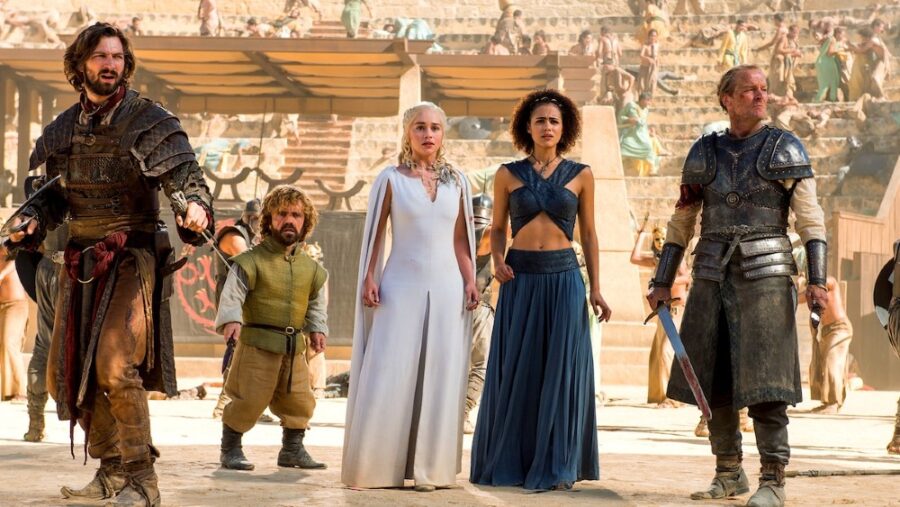
Premiering in 2011, Game of Thrones gifted a global audience with the intricate, bloody, unignorable, and typically brutal world of Westeros. Of course, among the wonderful, humongous cast, one character emerged, charming us with his wit, intelligence, and moral complexity: Tyrion. Played by Peter Dinklag, Tyrion quickly earned his deserved status as a fan favorite, particularly given his penchant for honor in a world virtually devoid of it.
But the real fans of GoT (I said it), those who read the books back when you got bullied for them, know a different Tyrion. One far more morally ambitious, physically distinct, and ultimately more fascinating than his television counterpart.
Tyrion’s Scars Are Nothing Compared To The Book
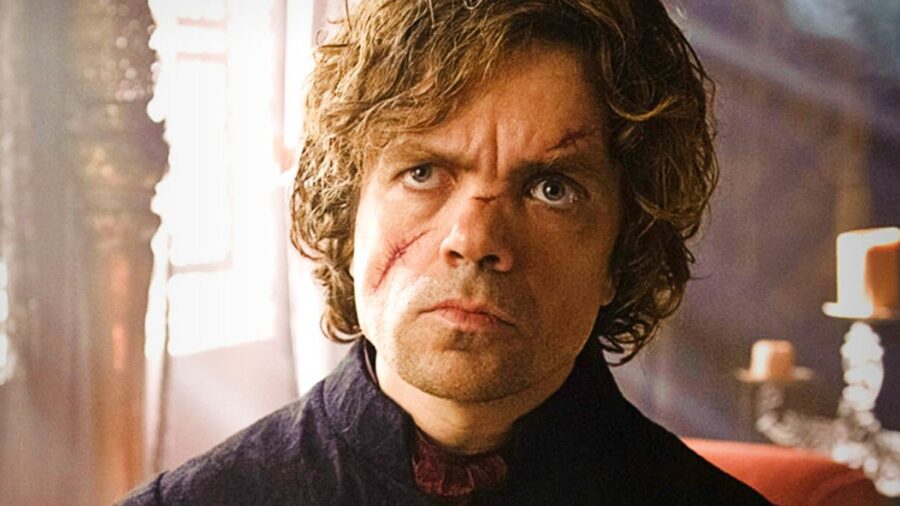
First of all, while it might feel superficial, Tyrion’s physical appearance in the Game of Thrones books formed a significant aspect of his character. Martin takes pains to describe his mismatched eyes, jutting forehead, and hideously scarred face after the Battle of Blackwater. Much of his nose is cut off, after all.
Martin’s major creative decision about Tyrion’s physicality contributes heavily to his identity and, more saliently, to how others perceive him and treat him. It also significantly impacts his actions and decisions. Sure, the series makes some cursory nods to his disfigurement, but his televised scars are like paper cuts compared with what he goes through in the Game of Thrones books.
Moral Ambiguity Stripped Away
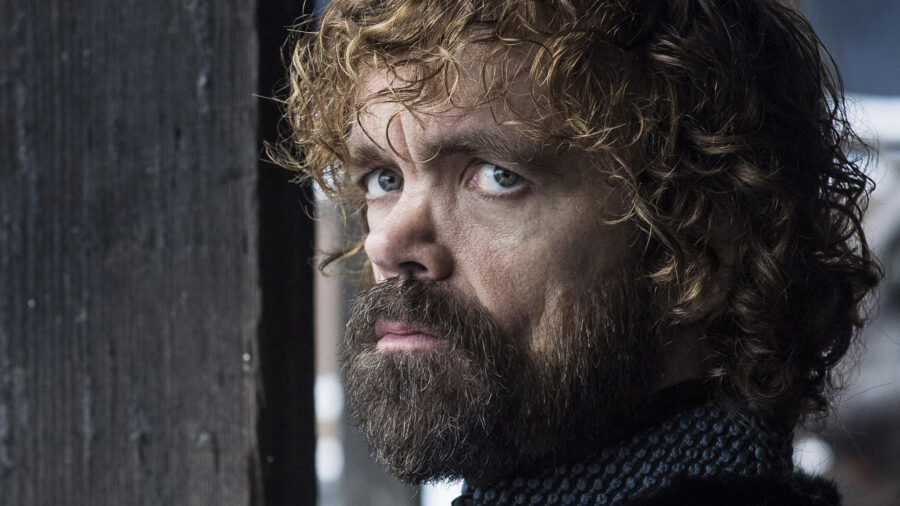
Ultimately, because the series downplays the violence he endures, Tyrion is not just more conventionally attractive than in the books; he also lacks a significant layer of complexity tied to his struggles with acceptance and self-worth.
Even more crucially, the Game of Thrones series sanitizes Tyrion’s moral ambiguity, thus simplifying his character to a detrimental degree. After all, in the book’s pages, Tyrion embodies deep complexity. He oscillates rather wildly between acts of genuine kindness–and instances of startling cruelty. A man shaped by a society that despises him for his physical appearance and status as a dwarf, Tyrion’s life is colored stridently by his bitterness.
Moreover, his quest for respect and power by any means necessary in Game of Thrones dominates him, at least more so than his TV counterpart, who more or less operates unburdened by this insecurity.
Left Out Tyrion’s Darkness
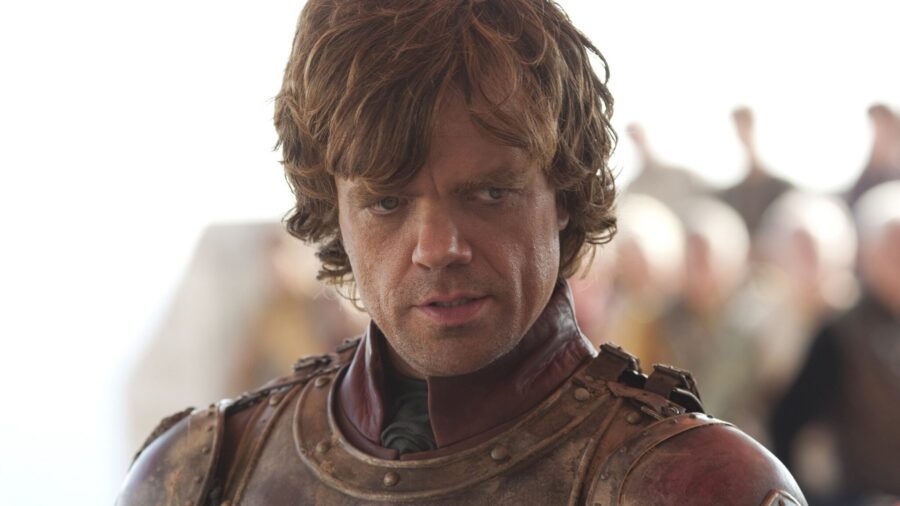
Plus, the Tyrion of the novels sinks to a lower point than Dinklage’s portrayal ever can or does. For example, on a long-distance bender in the East following the murder of his father and Shae, Tyrion commits rape. While this is awful, it nonetheless affects the plot, characterization, tone, and ethos of the literary Game of Thrones. It’s also way, way too dark for Dinklage’s performance and the millions of people casually streaming and chilling.
Needless to say, though, this literary Tyrion revels in morally dubious acts, which starkly contrast his almost hero-like portrayal in later seasons of the show. By that point–Season 4 onward, at the latest–the least-repugnant Lannister is cast as a wise, if flawed, advisor and a man of principle.
Most Characters Were Simplified
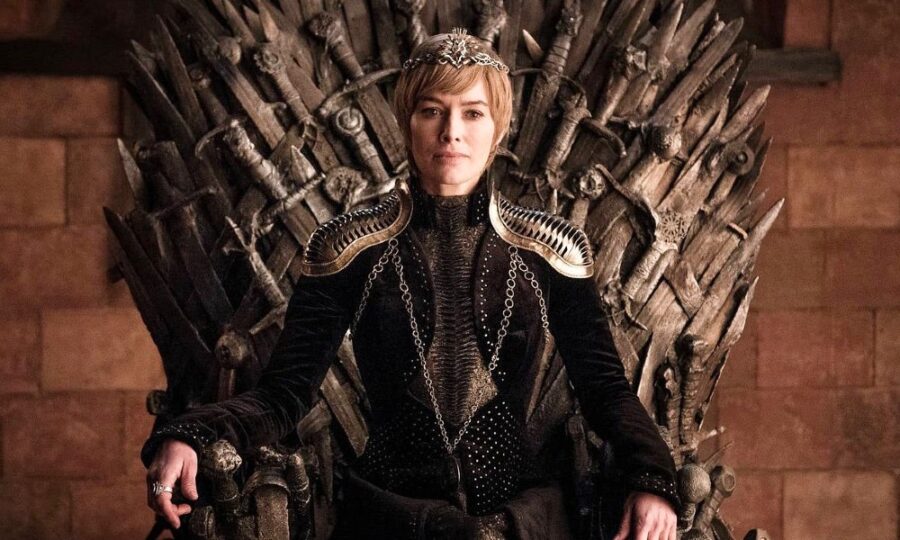
Lannisters Are Still Complex Characters
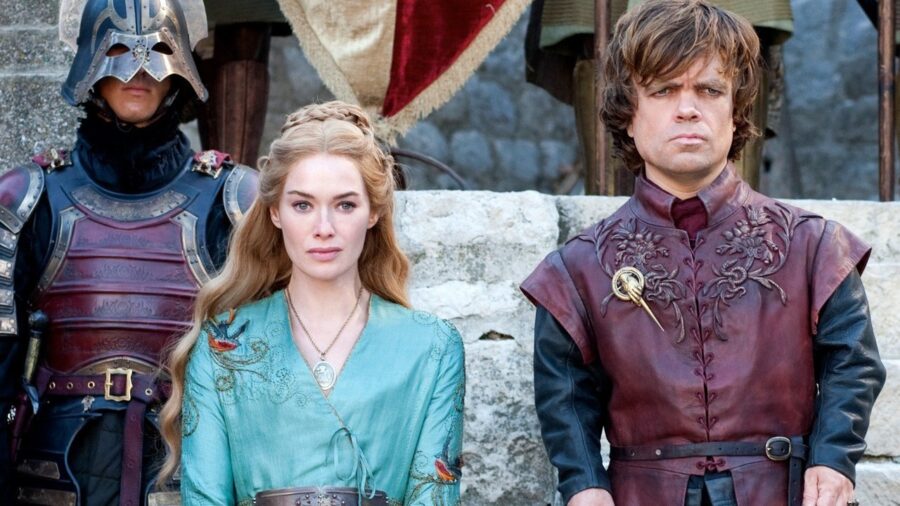
Unlike the book version of Cersai, the TV version benefits from having her cunning and ruthlessness framed in the context of her love for her children. This strongly dilutes the unapologetic malevolence characterizing her book counterpart, a degree of malevolence probably too raw for the average TV viewer.
Thus, like the real Tyrions’ real inner struggle and outer scars, it remains reserved for the more ardent Game of Thrones fans–the readers





